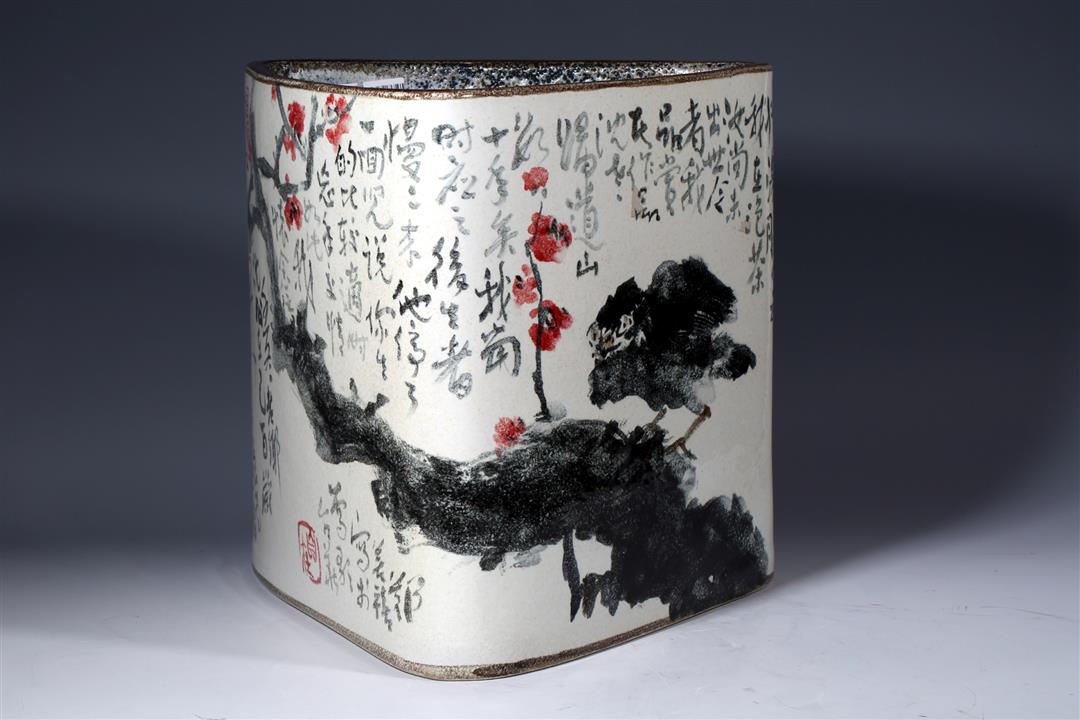Rise and fall of an industry
When Tai-Hwa Pottery was founded in 1983, it created ceramics both for daily use and for display. It mainly worked as a contract manufacturer, making antique-style hand-thrown, unglazed and single-color glaze pottery for export markets, including Hong Kong and the United States. It was like other contract ceramics makers in Yingge at a time when Taiwan occupied a downstream location in the chain of ceramics production, lacking R&D, design and branding abilities. It was competing on price in a labor-intensive field of production. In 1986, responding to market demand, Tai-Hwa began to produce colored porcelain. In addition to producing traditional Chinese ceramics in the fencai and doucai styles, it also produced Japanese-style ceramics (such as Imari, Arita Satsuma and Kutani ware) which it sold to Japan, Britain, the US, Italy and other nations.
Not long afterwards, developing nations with lower production costs, including mainland China and countries in Southeast Asia, entered the market. “Seemingly overnight, we couldn’t get orders, and pottery factories in Yingge started going out of business one after another,” says Lu Chao-hsin, president of the company. The entire industry in Yingge was hit hard and fell into rapid decline. “It was as if we had moved suddenly from bright noon to sunset.” It prompted a realization: “We can’t keep going down that old contract manufacturing path!”
What approach did they take to repositioning Taiwan in the global system of production? “It wasn’t enough to preserve traditional craft techniques. Innovations were also needed to give ceramic art culture the power to sustain itself.” Lu Chao-hsin resolved to reform the business’s structure, shifting from competing on price toward a model of high-value-added production. Only by changing the business model, and “introducing innovations, could we produce products for a new era.”

Cheng Shan-hsi’s Remembering Shen Yao-tsu. Cheng has created colorful porcelains for more than 30 years, during which time he has earned a reputation as a preeminent popularizer of literati ink-wash painting.